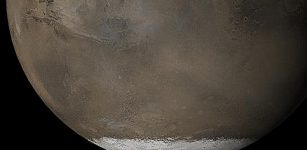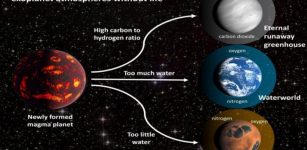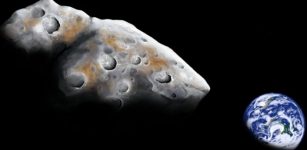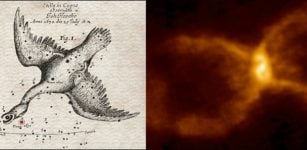Astronomers Discovered A Second Great Cold Spot In Jupiter’s Upper Atmosphere
MessageToEagle.com – A second Great Spot has been discovered on Jupiter by a team of astronomers of University of Leicester.
The spot is created by the powerful energies from Jupiter’s polar aurorae.
Dubbed the ‘Great Cold Spot’, it has been observed as a localized dark spot, up to 24,000 km in longitude and 12,000 km in latitude, in Jupiter’s thin high-altitude thermosphere.
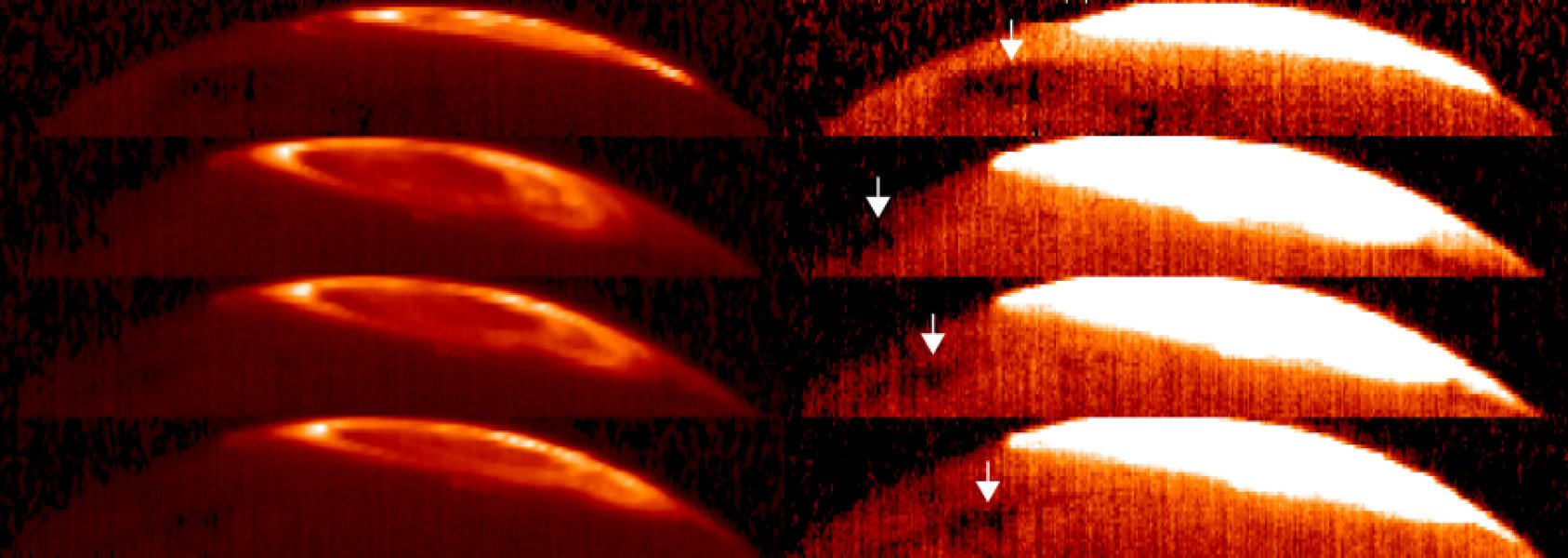
Credit: Image courtesy of University of Leicester
The thermosphere is about 200K (Kelvin) cooler than the surrounding atmosphere with temperatures between 700K (426ºC) and 1000K (726ºC).
“This is the first time any weather feature in Jupiter’s upper atmosphere has been observed away from the planet’s bright aurorae,” the University of Leicester’s Tom Stallard, lead author of the study, said.
“The Great Cold Spot is much more volatile than the slowly changing Great Red Spot, changing dramatically in shape and size over only a few days and weeks, but it has re-appeared for as long as we have data to search for it, for over 15 years.”
That suggests that it continually reforms itself, and as a result it might be as old as the aurorae that form it — perhaps many thousands of years old.”
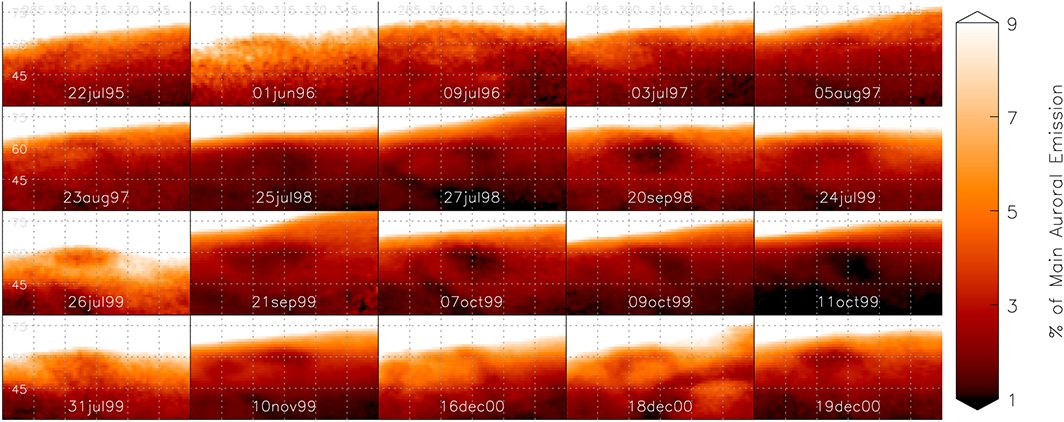
The astronomers used the CRIRES instrument on the Very Large Telescope (VLT) and through combining over 13,000 images taken over more than 40 nights by the InfraRed Telescope Facility, the team revealed the presence of the Great Cold Spot as an area of darkness amongst the hot environment of Jupiter’s upper atmosphere.
See also:
Blue Aurora On Jupiter Can Be Bigger Than The Size Of Earth
Solar Storms Ignite X-ray “Northern Lights” On Jupiter
Detailed Radio Map Of Jupiter Reveals What’s Hidden Beneath Colorful Clouds
“The detection of the Great Cold Spot was a real surprise to us, but there are indications that other features might also exist in Jupiter’s upper atmosphere, “Stallard said.
Our next step will be to look for other features in the upper atmosphere, as well as investigating the Great Cold Spot itself in more detail.
The results are published in Geophysical Research Letters.
MessageToEagle.com




